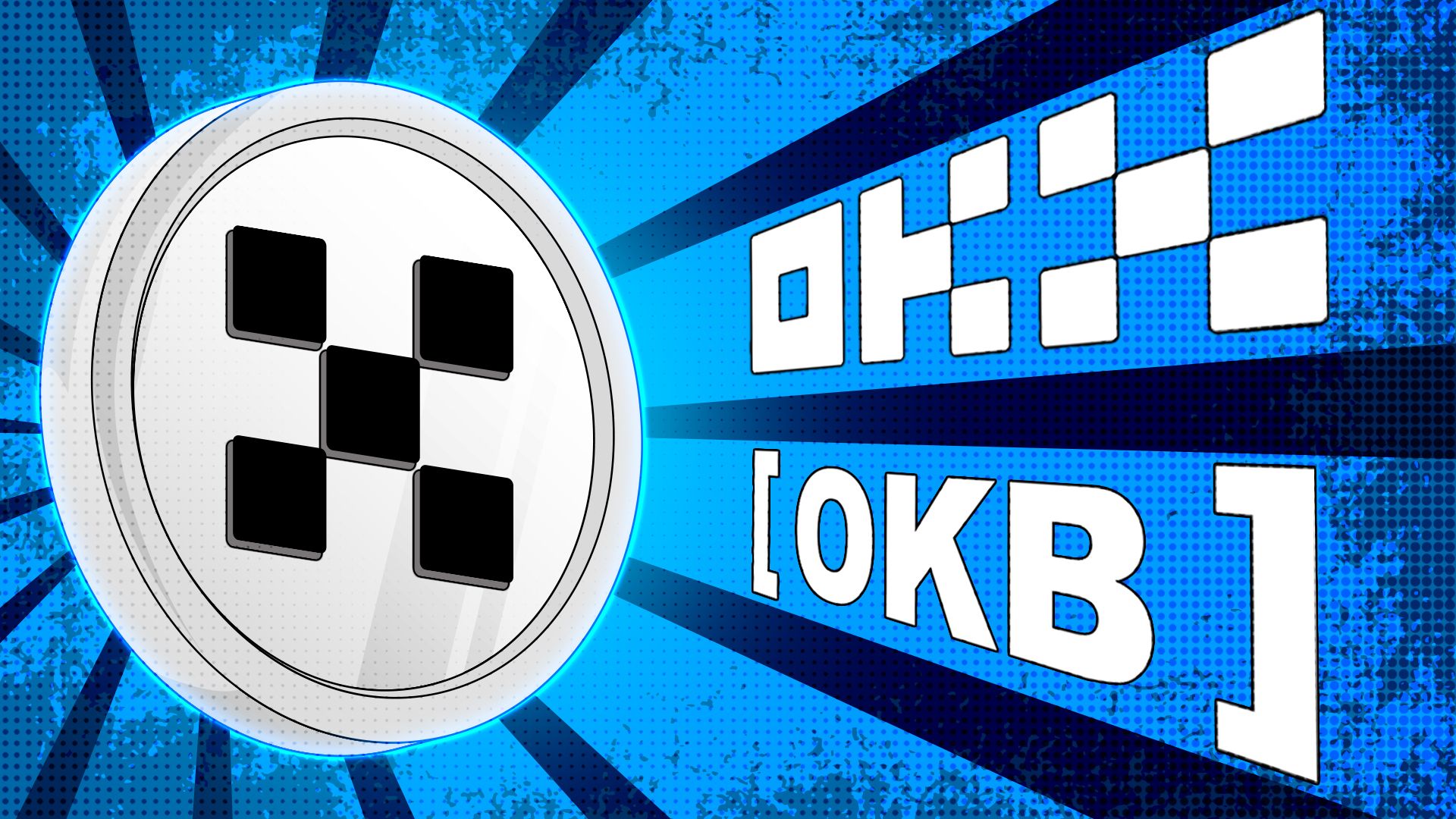Key Takeaways
- Coinbase reactivated its Stablecoin Bootstrap Fund to allocate USDC liquidity into Aave, Morpho, Kamino, and Jupiter.
- The program builds on a 2019 launch and supports Coinbase’s push into DeFi and “super app” expansion.
- Despite a 26% revenue decline, USDC revenue grew 12%, underscoring its strategic value.
Coinbase is doubling down on stablecoin DeFi integration by reactivating its Stablecoin Bootstrap Fund—employing USDC to seed liquidity in both established and emerging protocols, and signaling a broader pivot toward ecosystem interconnection.
Coinbase Reviving a Proven Strategy
Originally introduced in 2019 with one-time $1 million grants to Compound and dYdX, the Bootstrap Fund played a pivotal role in establishing USDC’s DeFi presence.
Coinbase has relaunched the initiative to support Aave and Morpho on Ethereum, alongside Solana-derived Kamino and Jupiter. Administered by Coinbase Asset Management, the infusion seeks to enhance lending and trading operations, broadening the stablecoin’s appeal for institutional and retail actors alike.
USDC’s Rise in a Competitive Landscape
USDC continues its climb as the second-largest stablecoin, valued at roughly $65.6 billion—behind market leader USDT’s $165 billion. Supported across multiple networks (Ethereum, Solana, Polygon, Aptos, Avalanche, and Sui), USDC’s multi-chain presence underscores Coinbase’s intent to challenge tether’s dominance through increasingly strategic utility-focused placement.
Business Strategy and Financial Significance
Despite reporting $1.5 billion in Q2 revenue—slightly below expectations—Coinbase reinforced the resilience of its stablecoin business, highlighting a 12% growth in USDC-related income to $332 million. Though total revenue dropped 26% from Q1, gains in stablecoin revenue served as a positive indicator, prompting Coinbase’s expansion push.
Furthermore, relaunching the Bootstrap Fund aligns with Coinbase’s long-term “super app” vision: moving its wallet service to the Base app with integrated DeFi lending, social features, payments, and messaging.
Why DeFi Liquidity Matters
DeFi protocols rely on stable liquidity to function effectively. Aave and Morpho benefit from deep reserves, while new players like Kamino and Jupiter seek to boost adoption through user-friendly stablecoin access.
Boosting liquidity enhances rate competitiveness, attracts traders, and indirectly strengthens USDC’s ecosystem utility and credibility.
Final Thoughts
Coinbase’s revived Bootstrap Fund refocuses attention on value-driven stablecoin deployment rather than speculative growth. At a time of tightening capital, targeted liquidity can enhance USDC’s credentials while advancing Coinbase’s broader mission of simplifying DeFi access.
Frequently Asked Questions
What is the Bootstrap Fund’s goal?
To deploy liquidity onto DeFi protocols to enhance USDC’s utility in lending and trading.
How does this affect USDC vs USDT?
It boosts USDC’s competitiveness and availability, narrowing the dominance gap with USDT.
What if these protocols underperform?
Funds may transpire consecutively, but Coinbase designs the program with risk controls in mind.





